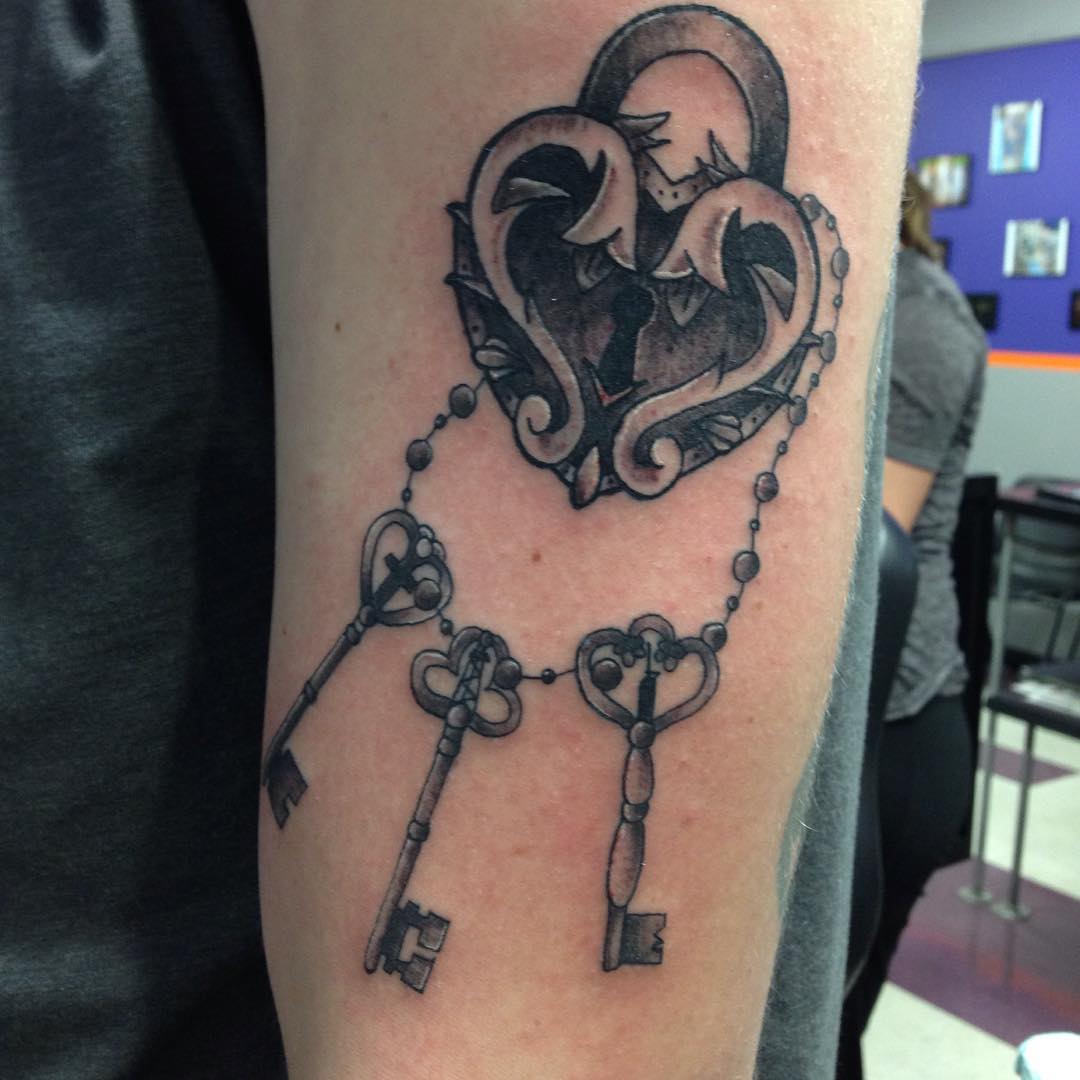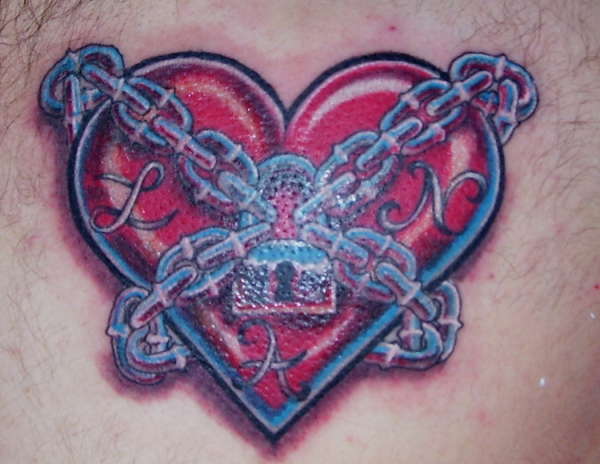

Untreated heart valve problems may cause shortness of breath, especially on exertion. This can cause severe illness and even death. The heart thickens with time, but the blood supply is not enough to sustain the heart. This often occurs when calcium and other deposits accumulate on the leaflets of the valve. Stenosis happens when the tissue of the valve thickens, limiting blood flow. When the problem occurs in the heart’s chambers, such as the ventricles, doctors call it secondary valvular. When the problem is with the valve, doctors call it primary valvular. It may also occur when the two leaflets of the valve do not close fully, such as with mitral valve prolapse. This can happen when the cardiac chambers enlarge. When the valve fails to close fully, the blood regurgitates backward. Heart valve problems fall into two broad categories: Regurgitation This delays or prevents adequate blood flow to the rest of the body. The valve prevents blood from flowing back to the left ventricle.Īortic regurgitation, or aortic insufficiency, means that the aortic valve does not fully close, allowing blood to flow backward.Īortic stenosis means that the aortic valve thickens or hardens, narrowing the path through which blood can flow. The aortic valve is the final valve that oxygen-rich blood passes through before exiting the heart and coursing through the rest of the body. Mitral valve stenosis hardens and thickens the walls of the mitral valve, narrowing the opening and causing blood to flow more slowly. A heart attack or enlargement of the heart can cause the leaflets of the valve to spread apart, leading to mitral regurgitation. Mitral valve prolapse can result in mitral valve regurgitation, which causes blood to flow backward. Some connective tissue disorders may also damage the mitral valve, causing MVP. This causes the leaflets of the mitral valve to fit together poorly or buckle backward, allowing blood to flow back to the left atrium. One of the most common types of mitral valve issues is mitral valve prolapse (MVP). The mitral valve closes off the left atrium, allowing oxygenated blood from the lungs to flow through to the left ventricle. Regurgitation prevents the valve from closing fully, causing blood to flow backward into the right ventricle.Ī rare pulmonic valve disorder called pulmonary atresia means that a person is born without this valve. Stenosis of the pulmonary valve causes this valve to thicken with time, narrowing its opening and making blood flow more slowly. It closes off the right ventricle and opens to allow the blood to flow to the lungs. The pulmonic, or pulmonary valve, is the next valve that deoxygenated blood flows through. Tricuspid regurgitation means that this valve cannot fully close, while tricuspid stenosis causes the valve to thicken, narrowing its opening. Tricuspid atresia means that blood cannot flow from the right atrium to the right ventricle. People with a rare disorder called tricuspid atresia are born without a tricuspid valve. After passing through the tricuspid valve, blood flows to the right ventricle. Blood flows through this valve after leaving the right atrium.

The tricuspid valve is named because it has three flaps called cusps, or leaflets. The four heart valves are: Tricuspid valve The four heart valves all have a role in ensuring that the blood can only flow in one direction.


 0 kommentar(er)
0 kommentar(er)
